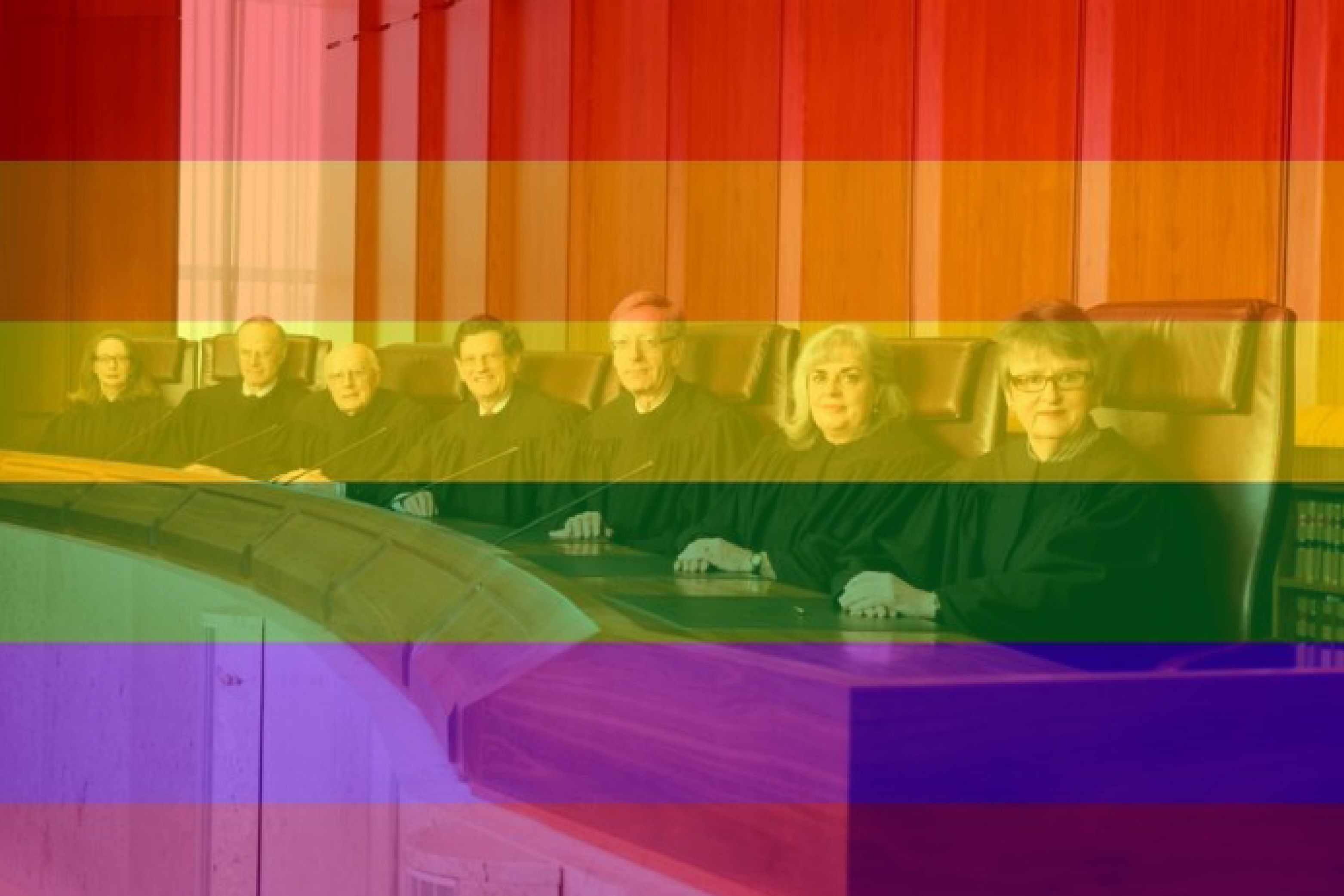The yes and no campaigns have begun. There have been two legal challenges to the marriage law postal survey in the High Court. The High Court ruled the postal survey would be going ahead. I’m not here to advocate ‘yes’ or ‘no’, but to explain the legality of the survey itself, which is in and of itself very interesting.
Why are we having a survey to change Australia’s definition of marriage?
The survey is pretty redundant. Parliament can change the law on marriage as it changes any other law. The definition of marriage isn’t in the Constitution, so we don’t actually need a referendum vote to change it.
In fact, in 2004 the Howard government passed legislation explicitly limiting marriage to between a man and a woman. Before that, an old English case law definition was thought to limit marriage to heterosexual couples.
Now, most of the parliament supports change to include same-sex couples in Australia’s marriage laws. And many polls already tell us most Australians feel the same.
But a powerful bloc in parliament is against the change. This bloc has prevented same-sex marriage legislation from being put before parliament. Instead, the government came up with a plebiscite, thinking people would be hyped for a mandatory non-binding vote on the issue costing $525 million.
This idea died quickly and predictably, with the Senate rejecting the plebiscite legislation. In response, the government turned the mad scientist vibe up to 11 and said they would get the Australian Bureau of Statistics to run a voluntary participation, non-binding survey via post.
And, pretty reasonably, some people thought spending $122 million for an opinion poll was a terrible idea, so they took the government to the High Court. Two cases were run last week, one by Tasmanian MP Andrew Wilkie and the Public Interest Advocacy Centre, and one by Australian Marriage Equality and the Human Rights Law Centre.
Why was the postal survey challenged?
The High Court challenges were not about marriage law itself. These weren’t cases about discrimination or rights to marry. The cases were basically about how the government might not have the legal power to pay for and run the survey-plebiscite-vote .
Can the government spend $122 million on a survey? Yes.
To spend money, governments can’t just print the cash or whip out a government Paypal. Government spending needs legal authorisation through what’s called ‘appropriation’.
Appropriation legislation must be passed through parliament stating the government can spend money for whatever specific purpose. But there’s obviously no legislation appropriating $122 million for the survey – the whole reason for it is that they couldn’t get parliament to pass plebiscite legislation.
The main constitutional argument before the High Court was about whether the government should be able to use existing legislation that allows any appropriation for ‘urgent’ and ‘unforeseen’ spends. The survey seems only urgent as a matter of government policy, rather than external events. The government has been working on a same-sex marriage policy solution for such a long time that characterising this as unforeseen would have seemed unlikely as a matter of common sense. But that existing legislation gave the government a broad discretion, so they were able to argue that the minister had met the legal standard of being personally satisfied the spending was urgent and unforeseen. This could now be seen as a green light for governments to classify anything as ‘urgent and unforeseen’ and throw money wherever they like without parliament’s oversight.
Can the government just mash together a vote and a survey, and get the ABS to run it? Yes.
This is a tricky question. Even though the enlightened masses on Facebook are telling you to vote and the survey is only available to people on the electoral roll, this is not formally a vote.
The survey is being run by the ABS, not the Electoral Commission. It is not mandatory, and it’s not binding on parliament. The survey is kind of like those feedback polls websites try to get you to fill out.
This is where the other legal issue comes in: the ABS is only empowered to collect ‘statistical information’, but the government has tried to get them to administer what could be seen in substance as a vote. It does seem a lot like a plebiscite-type vote, even though the government calls it a survey: there is a yes/no choice, it relates to legislation, it’s replacing the failed plebiscite, and it’s only available to people on the electoral roll (when if it was a true survey it could be open to anyone). But the The government has argued collecting information on ‘opinions’ is within the statistical function of the ABS.
This limb of the case was more complicated because a lot of the argument was about technical definitions of ‘statistics’, and whether it includes voters’ opinions on marriage. But in the end the High Court were not convinced by the argument that the government was using the ‘survey’ label as a device to get out of their legal duties.
Does this make sense to anyone? Well…
The decision was a bit of a surprise in some circles, because the High Court has been quite strict on governments going through the right processes when spending what is really taxpayers’ money. But the High Court is also reluctant to second guess government decisions when parliament has given discretion to members of government to do exactly that – they leave parliament to check themselves about providing so much unrestricted power to thirsty ministers. Stay tuned for the citizenship case to be heard in October, a further opportunity for the High Court to whip another unexpected constitutional rabbit out of their wigs.
Words by Ruby Hamilton
The Pelican Editorial Team supports voting YES for marriage equality.

